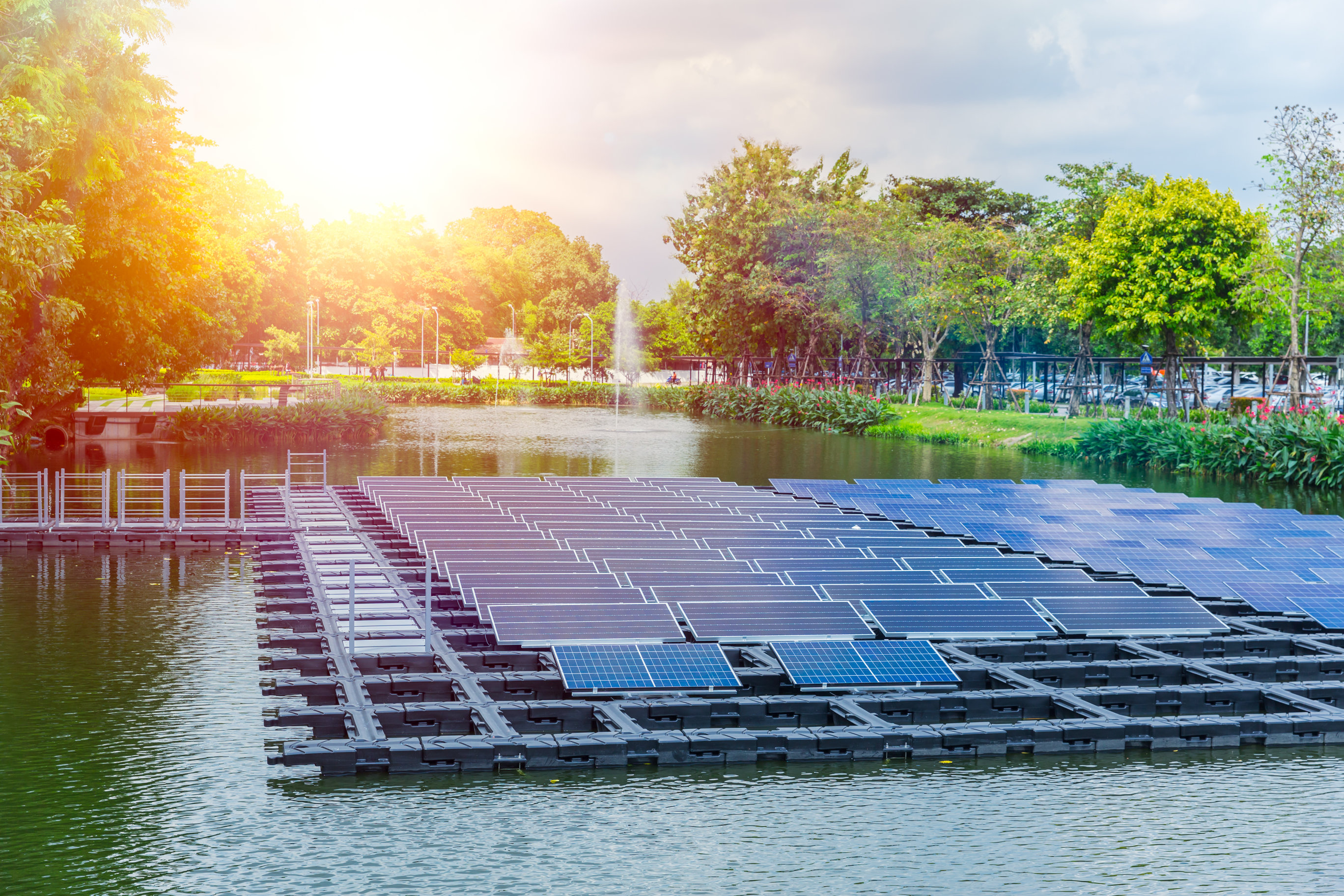DOE eyes floating solar to complement other RE sources
- September 27, 2019
- 0

DOE Secretary Alfonso Cusi said pilot programs on floating solar were conducted as part of the country’s effort to achieve energy security.
“It is still in its pilot stages in our country, and the few floating solar projects we have are being evaluated for their ability to withstand heavy weather disturbances and their consequences. Nevertheless, floating solar facilities could be a potential game changer should the pilots prove to be successful,” Cusi was quoted in a Sunstar report.
He also added that floating solar can aid other RE sources like hydro dams.
“It’s the private sector doing it. It’s a floating solar on top of the dam because we have hydro dams, so the surface is available. We are now testing the solar being placed on top of the water,” he said.
Solar projects would require a huge space of agricultural land so the DOE is trying it above the dam, according to Cusi.
Cusi encourages investors to invest on floating solar.
“Some of its considerable advantages include improving our capability to maximize land use allocation for other purposes such as farming, agriculture or as locations for key infrastructure; higher electricity generation efficiencies; a decrease in water evaporation in project sites, which in turn, increase the amount of water that could be used for drinking or irrigation; and slowed algae growth, which would help marine, plant and animal life flourish,” he said.
In 2018, the first floating solar farm in the Philippines was commissioned by Winnergy Holdings Inc. on Laguna Lake in Rizal.